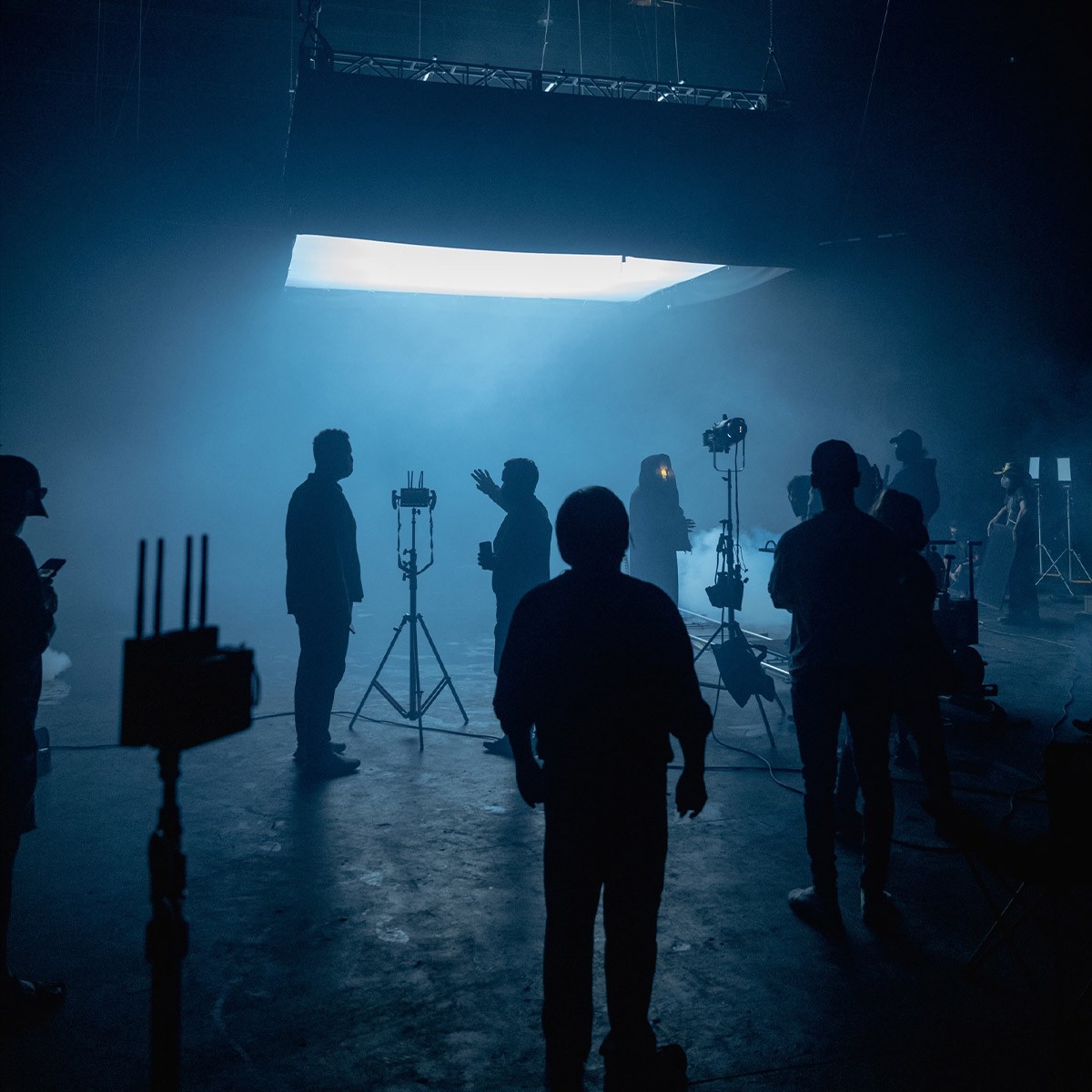Animation
Film Crew Position: Color Design

What does a Color Design do?
The world of animation is a kaleidoscope that owes much of its vibrancy to the meticulous work of a Color Design. This position, integral to the animation department, is responsible for selecting the color palette and ensuring consistency in the hues that bring the animated narrative to life. Color Design involves a deep understanding of color theory and its psychological impacts, as well as how colors interact with each other to create a cohesive visual story. This role is pivotal in establishing mood, depth, style, and the emotional cues that resonate with the audience.
What role does a Color Design play?
A Color Design's role encompasses a range of responsibilities that are crucial to the animation process. They collaborate closely with the directors and art department to decide on the visual tone of the project. Their main task is to create style guides and color scripts which provide a roadmap for the animation team, ensuring that each frame aligns with the intended aesthetic. They must also consider the consistency of lighting and shadow and how these elements affect color perception throughout the animated piece. Furthermore, Color Designers often work hand-in-hand with the background and character designers to ensure that all elements work together harmoniously.
Do you need to go to college to be a Color Design?
Although a career in Color Design does not strictly require a college degree, having formal education in fields such as Animation, Fine Arts, or Visual Communication can be incredibly beneficial. Degrees that include coursework in color theory, design principles, and visual storytelling can provide a strong foundation for this role. However, equivalent experience and a robust portfolio that showcases a deep understanding of color and its application in animation can also lead to opportunities in this field.
What skills do you need to be a Color Design?
To excel as a Color Designer, one must possess a variety of skills that include, but are not limited to, expertise in color theory and a keen eye for detail. Deep familiarity with digital painting software such as Adobe Photoshop or Corel Painter is essential. Creativity and the ability to visualize how colors affect the perception of movement and space within the animated environment are also vital. Strong communication and collaboration skills are necessary to effectively articulate color concepts and to work with different departments. Moreover, problem-solving skills and adaptability are important, as projects may require quick adjustments to the color palette to meet creative demands or technical challenges.
New to filmmaking?
Get Free Template
Use our budget template to get a kick start on your film project. Get access to dozens of templates no matter what type of project!
